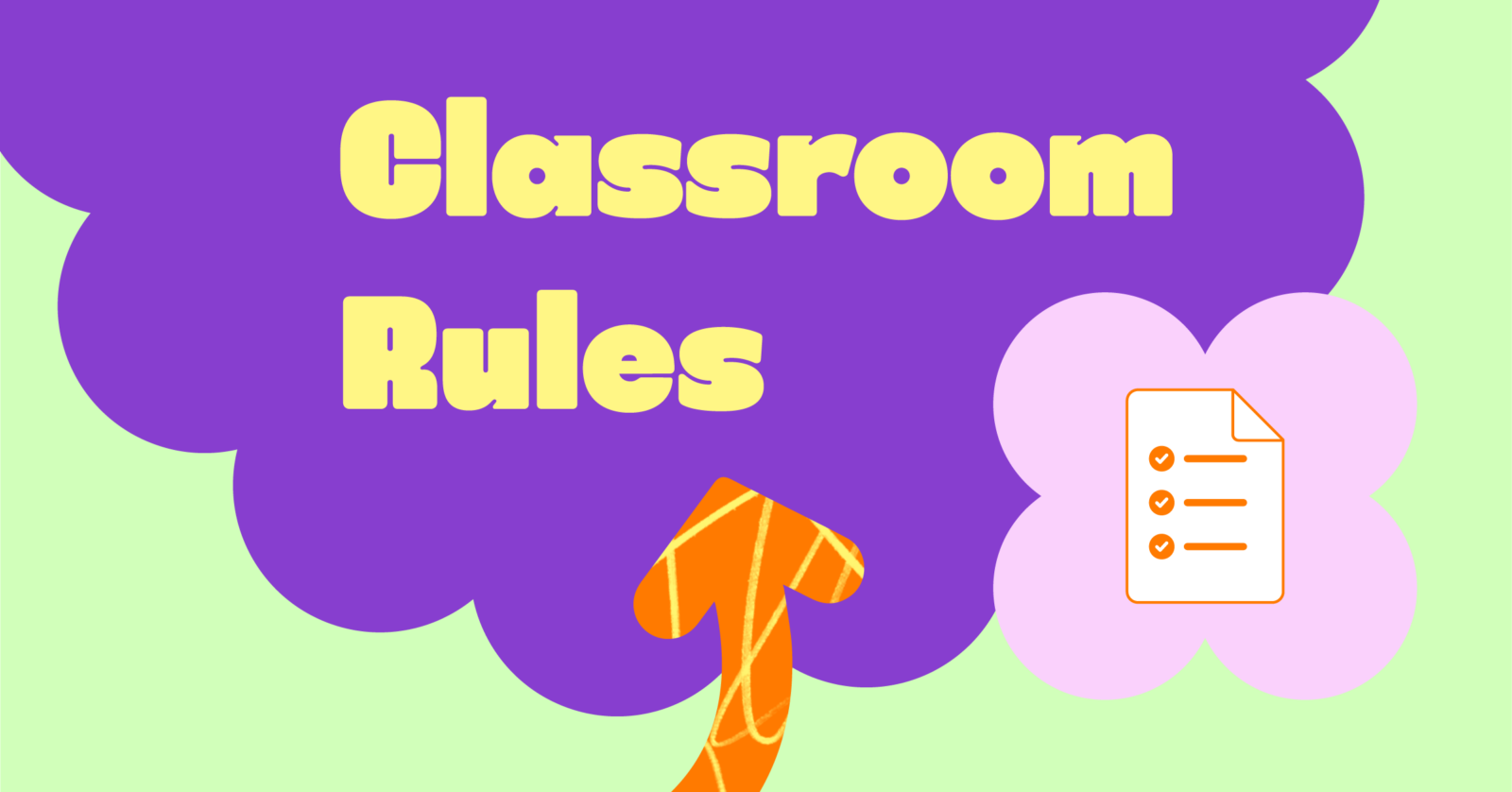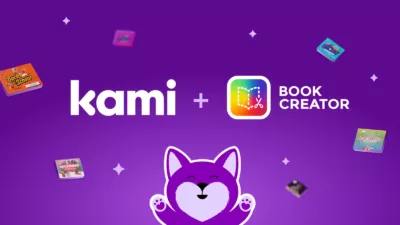Classroom Rules: Create a Social Contract with Your Students

You probably know all too well: students don’t always come to class willing and ready to listen to your every command. Maybe they need a snack or a nap, or even a hug (don’t we all). That’s why establishing fair and agreed-upon class rules is the perfect hack for classroom management and student behavior.
Having classroom rules sets a precedent for every student as soon as they step foot into your classroom. And the best part? By establishing them together at the start of the school year, you create a set of classroom expectations every student has agreed to uphold from the very first day.
If this sounds like a lot of work – don’t sweat it, we’ve got you covered with our free, downloadable, editable, and printable Social Contract Templates.
What is a Social Contract?
Also known as a Classroom Contract, Social Contracts are classroom rules (or even school rules) that are thought up and signed by the whole class. No matter what year or subject you teach, Social Contracts can be used for any student, from pre-k to elementary school; middle school to high school.
Collaborating on these as a class is the perfect way to initiate conversation around culture and respect, but it’s also vital for setting up the ideal learning environment for every student.
Social Contracts define what you all consider to be good behavior or misbehavior. Having these defined and printed out as a “classroom rules poster” on your bulletin board for all to see and refer back is the perfect problem-solving cheat sheet – resolving issues before they get out of hand.
Sample classroom rules to use as a Starting Point
You’re sure to have a few in mind already, but here is a quick list of rules for you to use as inspo this back to school season.
- Arrive to class on time
- Respect others
- Raise your hand to speak
- Make sure your work is always your own
- Listen to your teacher when spoken to
- Keep all hands, feet, and objects to yourself
- Ask for help if you don’t understand something
- Never give up on yourself
- Respect each others answers, ideas, and opinions
- Remind others of the social contract if they’re up to no good.
Students don’t always mean to break the rules – sometimes life happens, and they’re up against the odds. To make sure they know what to do in these situations, offer some helpful alternatives e.g. Late to class? Get a parent or staff member to inform your class teacher so they know ahead of time. Or, why not try a fun role-play activity. Get your extraverted students to act out different classroom scenarios and see how others in the class suggest to solve the problem. From here, many ideas for rules for proper classroom behavior will pop into their heads.
Be fair and flexible
When creating your set of rules for the first time, it’s important to get all students involved to ensure each suggestion is understood and accepted. After all, the best classroom environment is a positive classroom environment everyone can enjoy. Plus, you wouldn’t want to sign or obey a contract you’re not happy with, so why would your students?
How to get started with a social contract
This part’s totally up to you! Integrate it as classwork and brainstorm together on a chalkboard or whiteboard first; or give every student a chance to create their own before coming together to vote on your favorites. For some deeper thinking, you could assign it as homework – this is a great option for the first week of school before more intense learning pops up.
Whichever method you choose, it’s important to visualise your set expectations so all students are reminded of what you’ve all agreed to. This could be a class rules poster, Powerpoint file, or even sticky notes that decorate your classroom walls, it’s that easy.
No matter what learning stage your students are at, they’re never too young (or too old) for classroom rules. Teaching classrooms rules might sound like something that’ll get an immediate eye roll, but it can be a super fun activity that everyone can get involved in when you do it right. Good luck!
Looking for more free, ready-to-use templates? Check out some of these in the Kami Library: Exit Tickets, Lesson Plans and All About Me.
Templates and Tools to Make It Easy
Kami offers ready-to-use templates for:
- Social Contracts
- Exit Tickets
- Lesson Plans
- “All About Me” introductions
Explore them all in the Kami Library to simplify your classroom setup.
Blogs you may also like

Virtual Campus School: Turning Learning Barriers into Breakthroughs with Kami

How Jeff Kilner and His District Transformed Teaching with Kami


